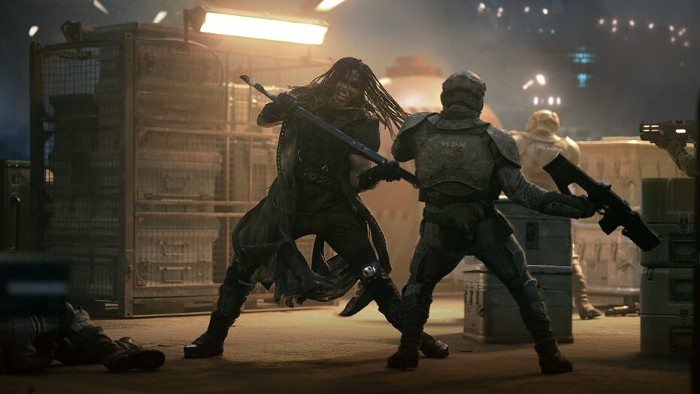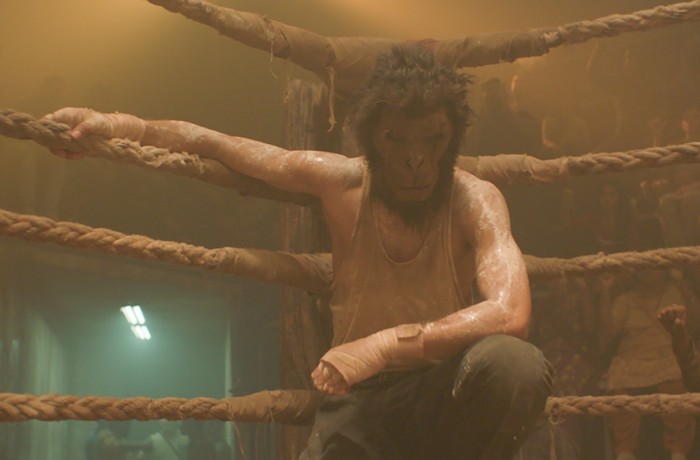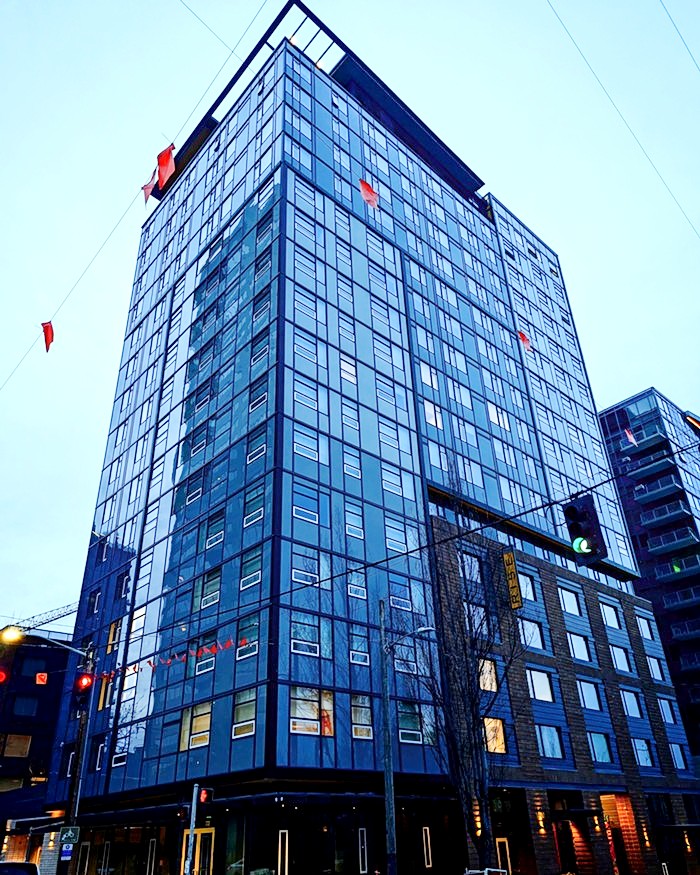You can always find something beautiful in a Star Wars movie or TV show: the city in a cloud, the Recon-tower rising from a deep-green forest, the elaborate robes worn by the courtesans of a galactic palace, a resplendent spaceship landing on brown-rich volcanic soil, two suns setting on a desert world. But the beauty never lasts. It's usually only there for a few seconds or scenes before we return to the usual: dive bars on the verge of collapsing, grimy spaceship repair shops, a transporter held together by reused duct tape and whatever was found in a scrapheap, rusting robots, and bug-eyed aliens.
The first three episodes of Disney's latest Star Wars spin-off, Andor, breaks with this tradition. And it's not that it doesn't have its fair share of industrial wastelands, gritty streets, and deteriorating androids and computer equipment. They are all there, but they are all filmed, scene after scene, episode after episode, in a way that the Japanese aesthetic of wabi-sabi best describes. The realm of this kind of beauty is defined by imperfection, by the wear and tear of things and beings, by a world that's constantly eroding. This is wabi-sabi. This is Andor.
Andor is the prequel of a prequel, Rouge One, and features Cassian Andor (Diego Luna), a common thief who will eventually become a ruthless intelligence officer for the Rebel Alliance—the good guys. The show's opening episodes begin in a city that's straight out of Blade Runner; mostly takes place on a part of a planet, Ferrix, that's straight out of Charles Dickens's Hard Times; and includes a military/police operation with a dropship sequence that's straight out of James Cameron's Aliens.
The story, which some complain is much too slow and, worst of all, doesn't have enough of the usual Star Wars stuff in it, is, at this point, of little to no importance. What matters is how it looks and feels. Indeed, the sets and many of the locations in these episodes are in the real world and not in one generated by the latest technology. (Much of The Mandalorian was shot on digital sets called StageCraft or the Volume.)
IGN:
"We haven’t been working with Stagecraft at all for our show, no," [said] Andor executive producer Sanne Wohlenberg in an interview with IGN at Star Wars Celebration. "It is the first Star Wars show for Disney Plus that has not been leaning into that technology."
What exactly is lost with StageCraft? What the 20th-century critic Walter Benjamin described as "the aura." This is the ambience of a real thing, be it a piece of wood, a bowl, or a painting. Benjamin thought that mechanical reproduction would make the aura extinct. But in Andor, a 21st-century work, we see it is not entirely the mode of reproduction (digital camera) or distribution (streaming) that removes a thing's aura. It is instead the total absence of the real, even if the real is fake. StageCraft can't capture or express the basic aura of real objects. A set constructed by an art department and shot directly can. You also need the real to approximate wabi-sabi, which is what makes Andor so enchanting. The success of this series will certainly depend on the size of the audience it draws outside of the usual Star Wars fans, who tend to be indifferent to beauty of any kind.




















